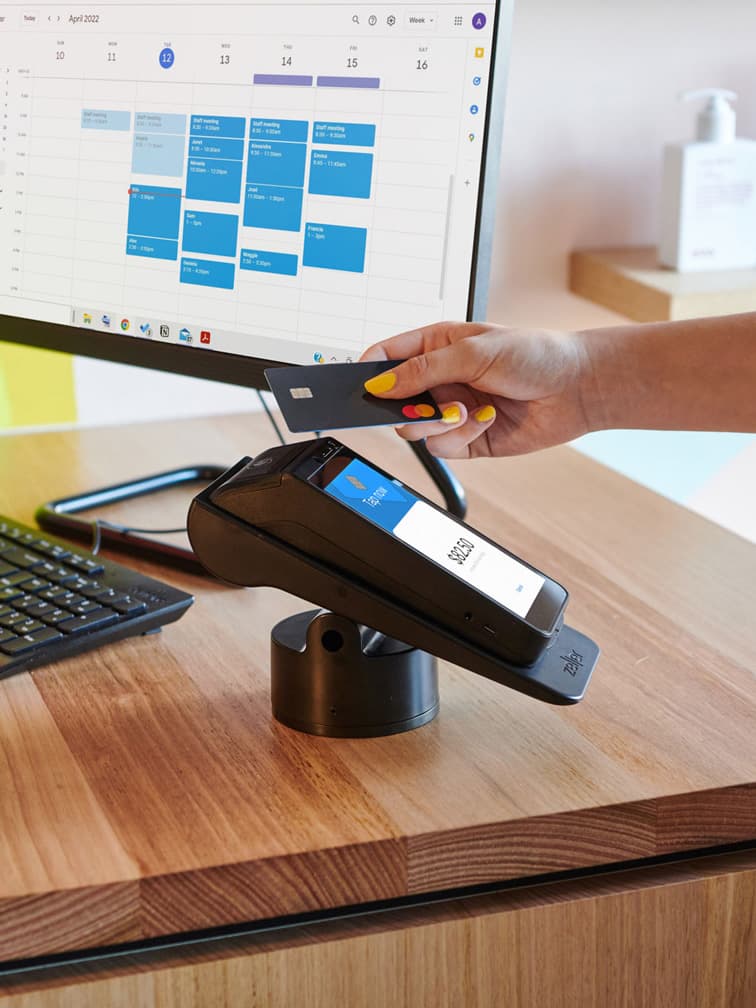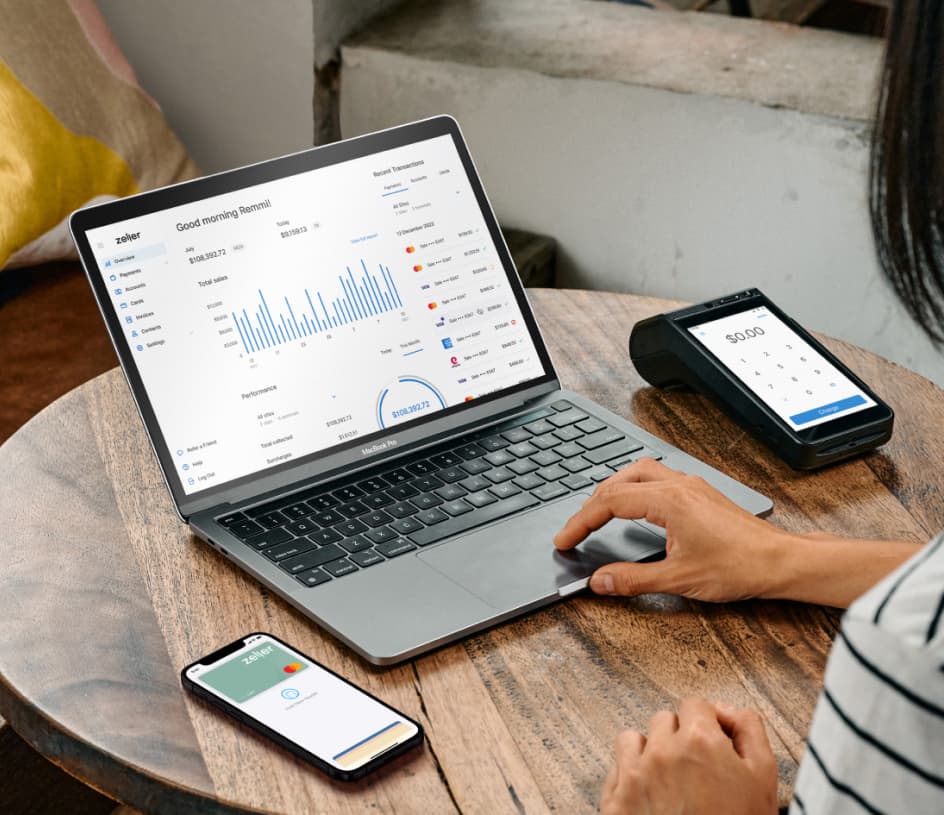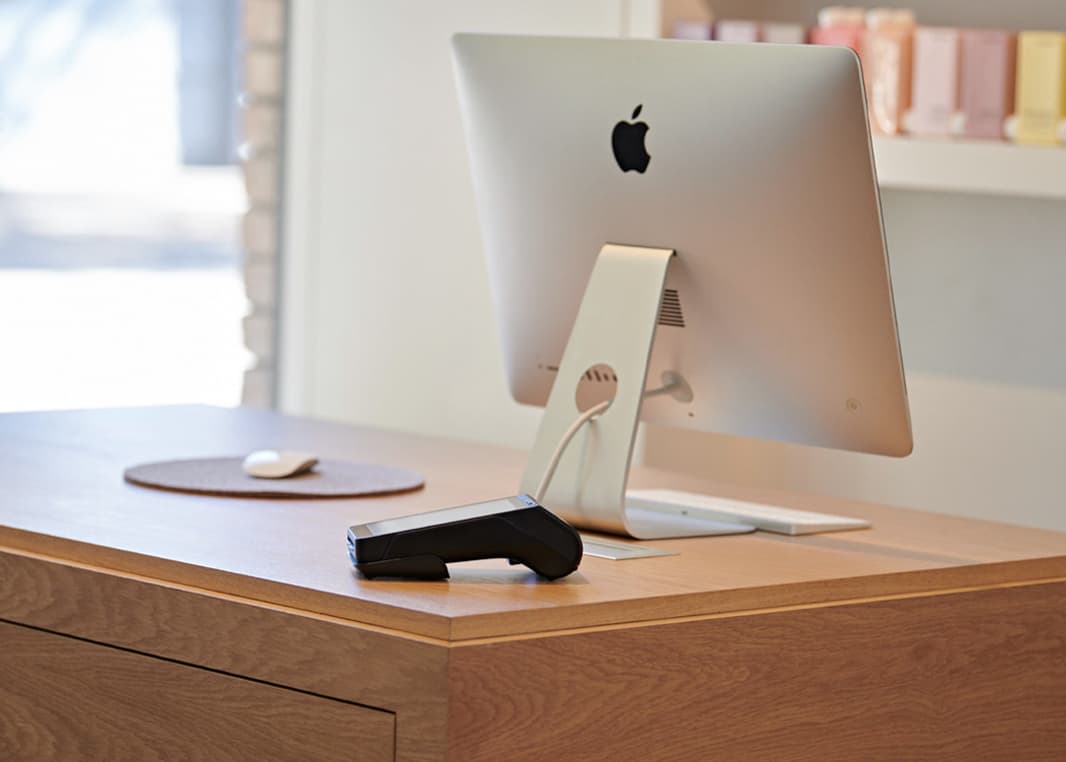How to Choose the Right Accounting Software for your Business
Save time, get organised, and streamline your finances with business accounting software. When it comes to accounting software, there are dozens of options to choose from. The right choice is going to help you save time, minimise errors, and provide you with a bird's-eye view of how your business is performing. However, finding the best fit for your business doesn’t have to be a long, frustrating experience. We recommend starting with a shortlist of viable options, then whittling down the list by answering four important questions. Step 1: Create a shortlist Here are five of the most common accounting software options for small to medium businesses, to get you started. QuickBooks Online MYOB Xero Zoho FreshBooks Keep reading to discover more about these tried-and-tested options. QuickBooks Online QuickBooks Online – a regular award-winner in the small business accounting space – has all the basics covered, as well as some nice-to-haves. On top of bank reconciliation, expense tracking and custom branded invoice creation, QuickBooks Online allows its users to generate financial reports such as profit and loss, balance sheet, cash flow statements and more. If you give access to other people in your business, you can use permission settings to secure access to this financial data. The ability to download and reconcile credit card transactions is especially handy, as is weekly timesheet organisation and tracking of bank deposits. With QuickBooks Online, you can take a photo of a bill and submit it as proof of expense. There are three levels , related to usage. Simple Start: at $22 per month, it’s a budget-friendly option for businesses just starting out. It even comes with features to help manage payroll, track GST and lodge your Business Activity Statement. However, only one user can access the account. Essentials: at $37 per month, this option extends the basic functionality to include the ability to set up recurring invoice schedules, access a cash flow planner, create expense receipts and more. Three users can access the system. Plus: at $52 per month, it’s at the top end of the scale - allowing users to create and send purchase orders, track inventory, create budgets and more. This version supports up to five users. It’s worth noting that QuickBooks also has a second option, QuickBooks Self-Employed, which retains some of Quickbooks Online’s handiest features. Users of this version still have the ability to automatically track kilometers travelled, using a mobile phone, and sort transactions into tax categories for easy deduction management at tax time. At a cost of $15 per month, it’s a great option for trades and services businesses. MYOB MYOB stands for Mind Your Own Business – an apt name, considering that’s exactly what this business accounting software offers with its do-it-yourself accounting functionality. As you’d expect, MYOB offers all the basics such as tracking GST, customisable invoices and budget management tools. It also has in-built payroll functionality, with automatic leave calculation as well as real-life timesheet access for employees. The MYOB mobile app doesn’t have all the base functionality, but it does allow for invoice creation and tracking, payment processing and contact management on the go. MYOB Essentials costs $27 a month. MYOB AccountRight extends the base functionality to include the capability to bill by time and track jobs, as well as manage inventory. However, at $109 per month, it’s a significant business cost. One thing to keep in mind when considering your options is that MYOB may not be as user-friendly as other software. Some users report difficulty getting set up, and using some of the more advanced features such as auto-reconciliation for transactions. It makes sense, then, to learn that MYOB is popular amongst accountants. 60% of Australian accountants reportedly use MYOB for assisting their own clients. To get the most bang for your buck, it’s recommended to spend some time learning how to use the system. Xero A list of the best accounting software for small business wouldn’t be complete without mentioning Xero. Established back in 2006, Xero now has over two million users worldwide – and for good reason. Out of the box, Xero comes with in-built tools for managing invoicing, bank reconciliation, inventory management, expense tracking, financial reporting, and more. It’s a thorough piece of software. Xero’s dashboard is one of its best features. The dashboard clearly and concisely conveys all of the key information a business owner needs to be able to see at a glance, including outstanding invoices, upcoming bills, bank balances, and expenses claims. Xero offers three monthly subscription options . Starter: at $13.50 per month. Standard: at $26 per month. Premium: at $33.50 per month. It’s important to familiarise yourself with the limitations of each licence. For example, Xero’s Early plan may sound extremely affordable – but usage is limited to 20 invoices and 5 bills per month. This may suit some small businesses with low volume, high value transactions, but is likely to be too restrictive for most. Growing and Established both offer unlimited invoices, bills, and transactions. The difference between the two is that the more expensive option, Established, offers additional features such as project costing and support for multiple currencies. Luckily, each Xero plan comes with unlimited users – so you won’t ever need to fork out for additional licenses. This makes Xero a great option to scale with your business. You can even use it to collaborate with financial advisors. ZohoBooks For business owners with the time and effort to invest in building a customisable accounting tool that saves time on monotonous bookkeeping in the long run, ZohoBooks is a strong contender. Payment reminders and scheduled reports are two obvious examples of intelligent automation, however ZohoBooks takes it one step further by giving users the ability to set triggers for certain workflows. Video tutorials are available to walk you through almost every feature. In terms of pricing, ZohoBooks offers a number of plans. Standard: at $16.50 per month, ZohoBooks’ Standard plan supports three users – making it the perfect option for two business owners and an accountant. At this price point, users can manage up to 5,000 invoices. All the basic functionality is included: invoice creation, expense tracking, recurring invoices, automatic feeds, to name a few. Professional: at $33 per month, the Professional plan is quite a jump from the Standard up. The Professional plan supports five users, and provides additional functionality such as purchase ordering and inventory tracking tools. Premium: at a monthly cost of $44, ZohoBooks’ Premium plan supports ten users and provides a custom domain, access to a vendor portal, and Zoho Sign and Twilio integration. Additional users can be added to any plan for $2.50 per month. One of ZohoBooks’ best features is its paid add-on, Autoscans. For $8 per month, you can upload up to 50 documents – such as receipts or vendor invoices – and Zoho Books will extract the data into the system for easy conversion into transactions. Effectively, it removes the need for data entry. If you’re searching for a broad toolkit of integrated solutions from one vendor, at a reasonable price, then ZohoBooks should be on your list. The standard functionality of ZohoBooks can be extended with ZohoInventory, which provides advanced inventory and order management features. For businesses with a defined outbound marketing strategy, ZohoCRM can provide even more value. FreshBooks FreshBooks knows its target audience: freelancers and the smallest of small businesses. In fact, it’s even won PC Mag’s Editors’ Choice award for the best option for freelancers. FreshBooks is a well-rounded, intuitive business accounting software option that prioritises usability. Users love the recurring payment reminders and time tracking functionality, and praise the simplicity of the system. If you already have a working knowledge of accounting, however, FreshBooks may be too rudimentary for you. There are three options , and the breakdown is purely based on the number of clients billed. Lite: for $8 per month, users can bill up to five clients. Plus: for $14 per month, users can bill up to 50 clients. Premium: for $20 per month, users can bill an unlimited number of clients. Before signing up, try the free 30 day trial to see if FreshBooks is the right option for you. Some users have expressed issues with FreshBooks’ bank account and credit card connection, and the expense tracking functionality is more limited than other options listed above. However, FreshBooks is a budget-friendly option that does all the basics. Step 2: Ask yourself four questions Now you’ve got your shortlist of accounting software, it’s time to decide which to implement in your business. You can do that by asking yourself the following questions about each option in your shortlist. 1. Does it integrate with your business tools? Depending on the type of business you run, you might have reporting software, inventory management software, email marketing tools, a Customer Relationship Management system… the list is endless. Before adding another tool to the mix, consider how it will integrate with the tools you’re already using on a daily basis. If you can find tools that “speak” to each other, you’ll save time on double data entry. Xero is the obvious standout for the number of integrations offered, however QuickBooks, MYOB and ZohoBooks all integrate with a comprehensive suite of products. Make sure to check out each product’s website for more information. 2. Does it come with a mobile app? These days, we expect to be able to do most things from our mobile phones — and that includes accounting. You should be able to take a photo of the receipt for your business lunch and upload it as an expense, straight from your mobile phone. You should be able to send invoices, capture signatures, and access real-time reports to see how your business is performing. QuickBooks Online comes with a free mobile app, which can do all of the above. If mobility is a priority for you, it’s an option worth considering. 3. Is there support available? The accounting software you choose should take away the headache of accounting, not add to it. However, it’s highly likely that most business owners will eventually require assistance from the team behind the product. When a bank account can’t be linked to your accounting software, or there’s an issue with reconciliation, you need to be able to get help fast. In considering which accounting software best suits your business needs, make sure to investigate the support channels available. Is there a phone line, or live chat, or support forums, for example? How do you want to ask for help when you need it? Decide what’s convenient for you, then weigh up your options. 4. Can I try it for free? All of the options outlined above are available to trial, for free, for either 14 or 30 days. The businesses behind these products know that once you’ve gone to the trouble of connecting your bank accounts, setting up invoices, and adding contacts, you’re unlikely to want to change. Before signing a contract, why not try on a couple for size? Make the decision The right accounting software is going to streamline your day-to-day financial operations, and take the headache out of end-of-month reporting, without breaking the bank — or adding a significant amount of admin work to your plate. Choosing from the above shortlist, you can’t go wrong. All of the above options are major players in the Australian accounting software space, which means they are likely to continue adding new functionality and delivering even better solutions as time goes on. Already using a tool for your business accounting? We are currently working to build integrations between Zeller and a number of accounting software providers. Let us know which tool you currently use by sending us an email at feedback@myzeller.com .





